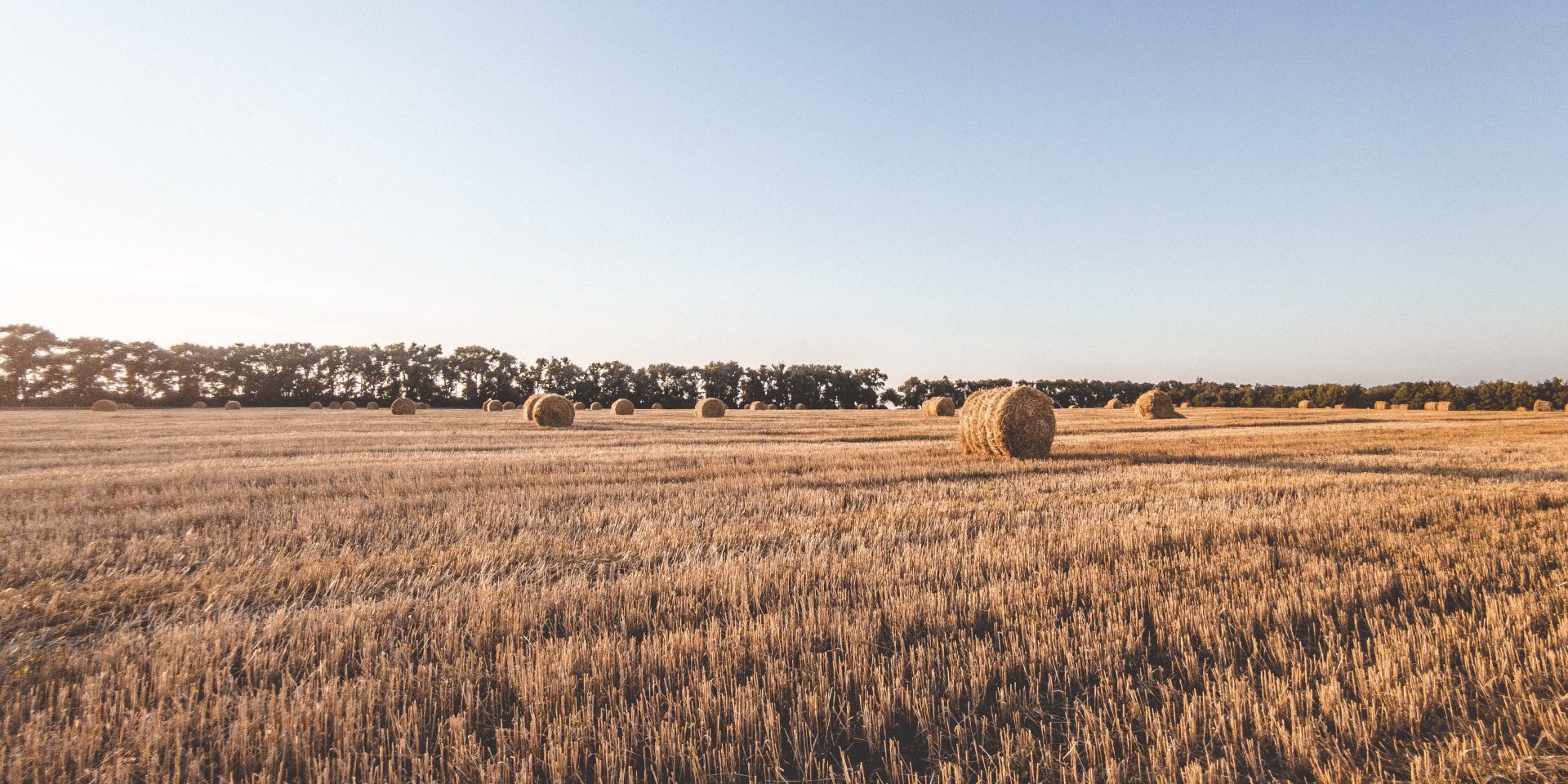Collaborative research project aims to prevent spontaneous haystack fires
8 Mar 2022

Adelaide, Australia – 8 March 2022 – Australian farmers could soon have a more accurate and efficient way to understand haystack degradation on their properties.
A new collaborative research project between Food Agility CRC, Charles Sturt University (CSU), IAG, and Myriota will review what data is most essential to understanding haystack degradation as a precursor to fires.
According to the Country Fire Authority (CFA), spontaneous ignition is the leading cause of haystack fires in Victoria. These preventable fires put crops, machinery, and fencing at risk, as well as impacting the livelihood and mental health of those impacted.
Throughout this project, haystacks will be individually monitored, and the data collected will be transmitted via Myriota developed satellite communication technology to a central monitoring and visualisation location. Here, the data will be modelled to recommend sensor configuration and placement in haystacks and generate timely alerts to farmers when their haystacks are at an increased chance of combustion.
“Without ubiquitous coverage, Australian farmers face time-critical gaps of knowledge on asset exposure, vulnerability, and possible hazards. This project will leverage Myriota’s reliable and cost-effective satellite IoT technology to help farmers accurately monitor their hay health even in the most remote locations,” explained Sheridan.
Paul Sheridan, VP Strategic Partnerships, Myriota
The research team will also look at how to identify the critical indicators and process this data to send alerts through Myriota’s satellite communications system. This will allow for monitoring on properties that previously had low or no telecommunications coverage.
The project is jointly funded by Food Agility, CSU and IAG, while Myriota will lead the development of the communication technology.
Quotes from project participants:
Josh Coughlan, IAG Specialist, Partnerships & Development IIA WFI
“The goal of this project is to provide a value exchange for our customers to help them mitigate risk on their properties and deliver on our purpose of making the world a safer place,” said Coughlan.
Professor David Lamb, Chief Scientist – Food Agility CRC
“With more farmers ‘putting feed away for a non-rainy day’, farmers need to better understand haystack degradation. This project could significantly improve our collective knowledge regarding how the quality of baled hay changes over time and the threat of spontaneous fires. Anything we can do to help safeguard the livelihood of Australian farmers is worth doing,” said Lamb.
Dr John Broster, Lead Researcher – Charles Sturt University
“Farmers spend a lot of money and time making hay for sale or for their own fodder reserves. Haystack fires result in the loss of that asset, and the worst part is that it is completely unexpected. We are aiming to change that with monitoring technology,” said Dr Broster.
Learn more about the haystack fire prevention project
